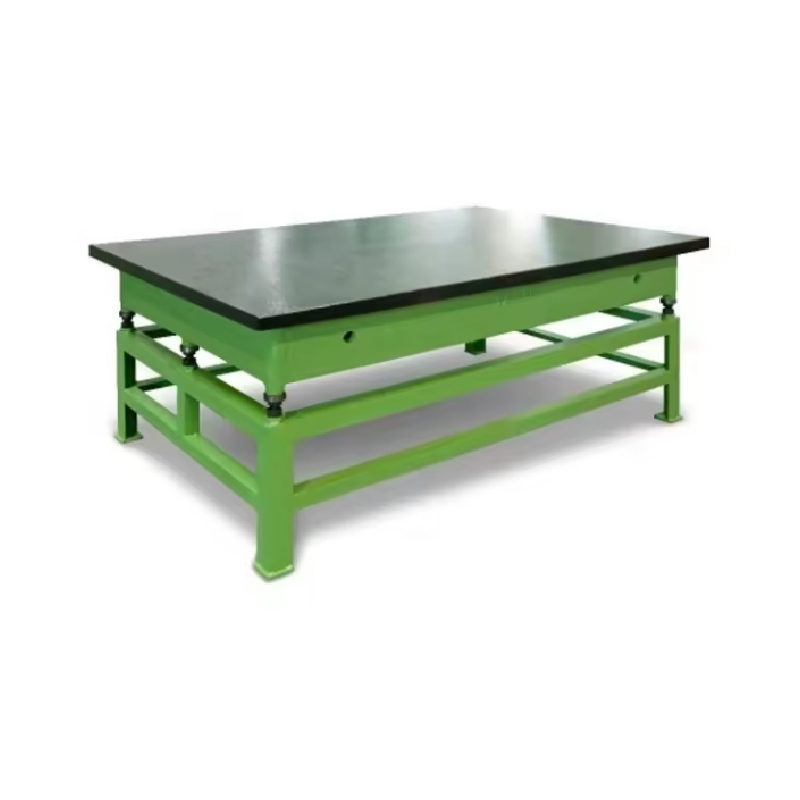Tet . 15, 2024 14:00 Back to list
control valve and its types
Understanding Control Valves and Their Types
Control valves are essential components in a wide range of industrial processes, playing a crucial role in regulating flow rates, pressure, temperature, and fluid levels. By adjusting the flow of liquids or gases, control valves ensure that systems operate efficiently and safely. In this article, we will explore the various types of control valves, their functionalities, and applications.
What is a Control Valve?
A control valve is a valve that modulates the flow of fluids in a system. It is typically composed of a valve body, an actuator, and a positioner. The actuator is responsible for moving the valve’s internal mechanism to achieve the desired flow rate, while the positioner provides feedback to ensure that the valve is operating correctly based on signals from a control system.
Types of Control Valves
Control valves can be classified into several types based on their design and operation. Here are the most commonly used types
1. Globe Valves Globe valves are known for their excellent throttling capabilities. They feature a spherical body with an internal baffle that divides the flow stream. This design allows for smooth flow regulation, making them ideal for applications where precise control is necessary. However, they tend to have higher pressure drops compared to other valve types.
2. Ball Valves Ball valves have a spherical disc that rotates to open or close the flow path. They provide minimal resistance to flow and are fast-acting, making them suitable for on/off control rather than throttling. Ball valves are widely used in applications requiring quick shut-off, such as in water supply systems and gas pipelines.
control valve and its types

3. Butterfly Valves Butterfly valves consist of a disk mounted on a rotating shaft. They are particularly effective in handling large volumes of fluid and have a compact design, which makes them suitable for applications where space is limited. Butterfly valves are often used in the water treatment industry and in HVAC systems.
4. Check Valves While not technically control valves, check valves are essential in preventing backflow in piping systems. They only allow fluid to flow in one direction, helping to protect equipment and maintain system integrity. Common applications include sewage systems and pump discharge lines.
5. Pressure Relief Valves These valves are designed to release pressure from a system to prevent overpressure conditions. They automatically open when the pressure exceeds a certain threshold, thus protecting equipment from damage. Pressure relief valves are crucial in steam and gas systems.
Applications of Control Valves
Control valves are used across various industries, including oil and gas, chemical processing, water and wastewater treatment, and HVAC systems. In the oil and gas industry, for instance, control valves regulate the flow of crude oil and natural gas, ensuring safe transportation and processing. In chemical processing, they help maintain optimal conditions for reactions and product quality.
Conclusion
Control valves are vital in maintaining the efficiency and safety of industrial systems. Understanding the different types of control valves and their specific applications allows engineers and operators to choose the right valve for their needs. As technology advances, the functionality and design of control valves continue to evolve, ensuring that they meet the demands of modern industrial processes. Whether regulating flow, pressure, or temperature, control valves remain a cornerstone of effective process management.
-
thread-plug-gauge-our-promise-of-measurement-excellenceNewsAug.22,2025
-
gauge-pin-class-reflecting-quality-legacyNewsAug.22,2025
-
check-valve-types-for-high-rise-buildingsNewsAug.22,2025
-
water-control-valve-for-irrigation-systemsNewsAug.22,2025
-
gate-valve-with-soft-seal-technologyNewsAug.22,2025
-
y-type-strainer-for-oil-and-gas-applicationsNewsAug.22,2025
Related PRODUCTS









